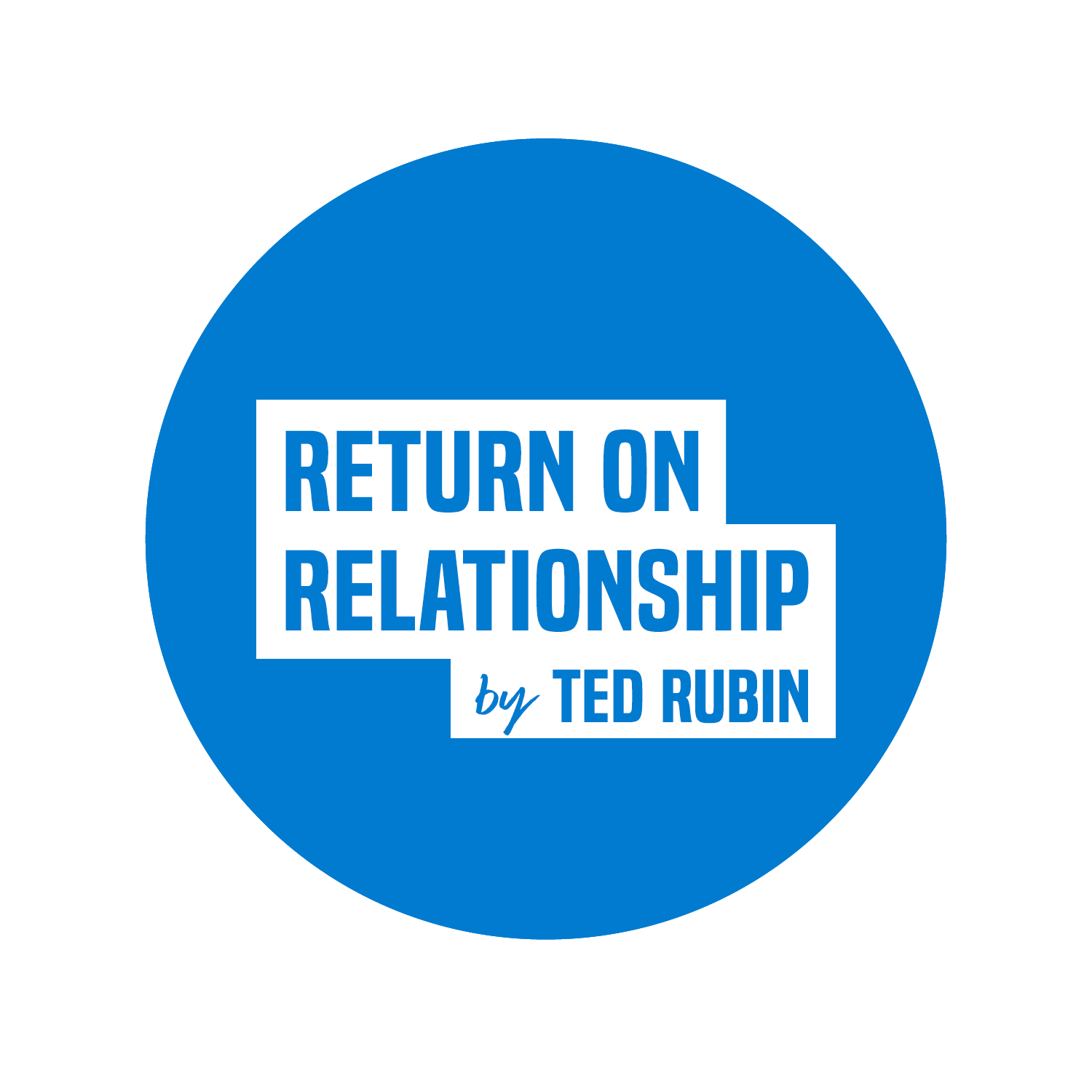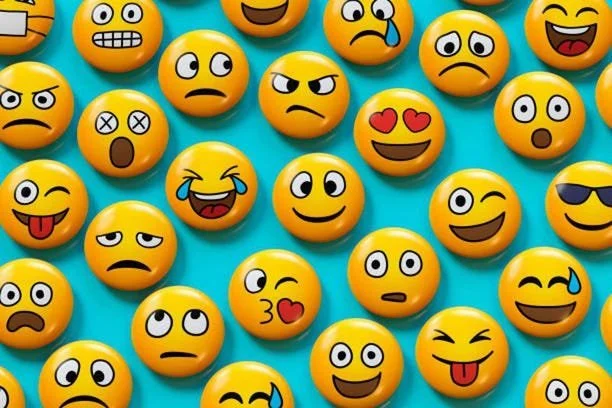That Emoji Could Win You (Or Cost You) A Professional Relationship ~via @TheRudinGroup
Simply put, Emojis allow you to express some basic emotion when communicating via text and images. AND for me, much more importantly... to add context, via expression, to a communication that might otherwise be ignored or misinterpreted. And of course how you use emojis, and understanding them, is crucial... learn more about that from a reliable source, April Rudin.
If a picture is worth a thousand words, what is an emoji worth?
Surprisingly, it’s likely worth more than you think.
A smiley face is simply a smiley face, right? Alas, it’s not anymore. At this point in time, a basic emoji keyboard has 95 smiley faces with varying expressions and gestures, many of which don’t mean the same thing to all of us. I once had to point out to a friend that the face with tears she had meant to mean “crying” was actually the “crying laughing” emoji. Needless to say, that caused some confusion within our friend group.
But not every emoji faux pas is quite so obvious. And a professional emoji misstep can cause greater concern than an accidental text from a friend.
Think for a moment. What does a winking smiley face mean to you? Or a smiley face wearing a cowboy hat? What about one with an open mouth smile versus a closed mouth?
Now ask your children what those emojis mean. Chances are: your answers won’t match. What we in the over-30 crowd see as a happy, welcoming smiley face may send vibes of sarcasm and condensation to Gen Z. Meanwhile, a skull may seem like an overt reference to death or danger to you, but to a 25-year-old it means “I’m dying of laughter.”
Erica Dhawan, author of “Digital Body Language: How to Build Trust and Connection, No Matter the Distance,” points out in a recent Wall Street Journal article why we need to be aware of these differences. Emojis are being used more in work conversations. And remote work has created the need for more quick messages across platforms like Microsoft MSFT Teams or Slack. You can’t necessarily take a coworker’s emoji at face value, and you may need to think about how an emoji you are sending will be construed.
Of course, there is the argument from many in the older generation that the office is no place for emojis. Emojis aren’t professional and undermine the conversation, they say. But the anti-emoji crowd is also likely to still be relying on formal emails. They’re forgetting that communication, even professional communication, happens on so many platforms that we must adapt to different communication styles.
It’s naive to think that we can avoid emojis in 2021. On a given day, I may shoot off a professional email to a client, followed by a WhatsApp message riddled with emojis to a colleague. Social media posts almost necessitate emoji use. Marketing campaigns utilize emojis regularly.
There is also real value in using emojis. As we continue to work remotely, emojis can make communication more personal, with a visual additive. Companies can also use emojis to clarify points. A previous Wall Street Journal article showed how businesses designate certain emojis to have meanings within the company. One business, for instance, uses a hugging teddy bear emoji at the start of meeting minutes that are shared on Slack. The bear has come to represent a meeting summary, giving readers a heads up they are about to read important details.
These modern hieroglyphs can span international barriers as well. Global companies may find communication better facilitated by some well-placed emojis.
Of course, emojis should not be used willy nilly. There is still a strategy to proper, professional emoji use, much like the placement of exclamation marks in an email. And intergenerational and international emoji sharing should require some careful thought, just as you should always consider your audience.
At the end of the day, it is unlikely your 20-year-old intern will judge you for a misused smiley face. But it still doesn’t hurt to be aware of the new emoji lexicon. Communication is always evolving, and as we work more closely with Gen Z it will be helpful to convey our feelings as clearly as possible. Hopefully the next time a skull pops up in a message, it is nothing but laughter.



